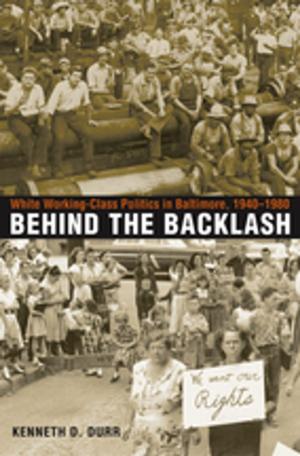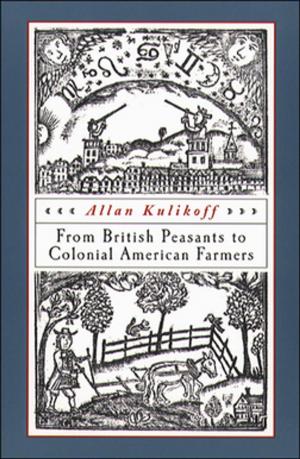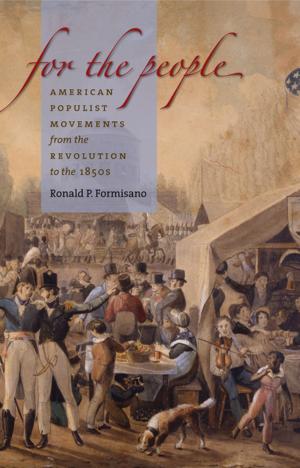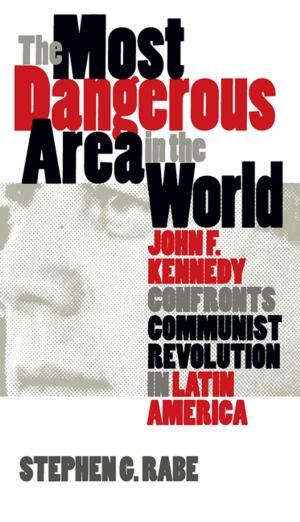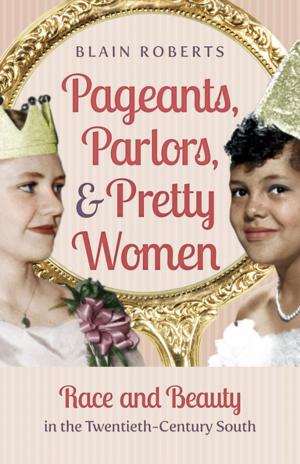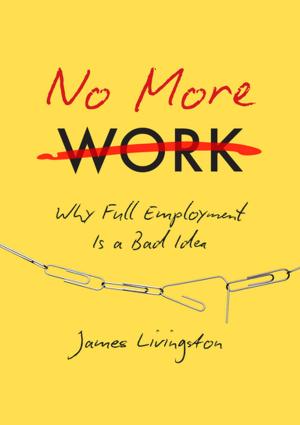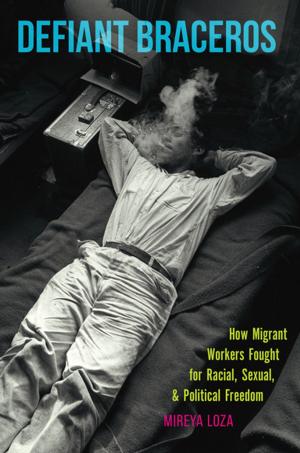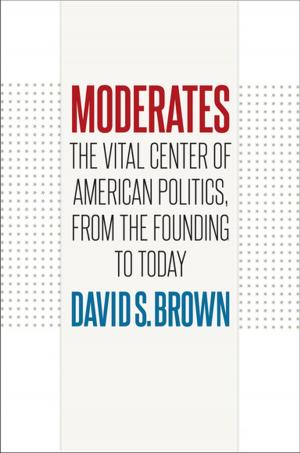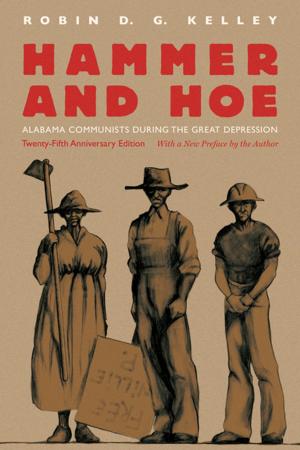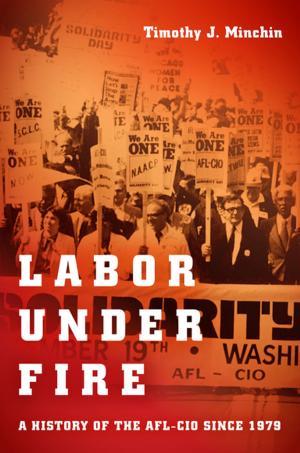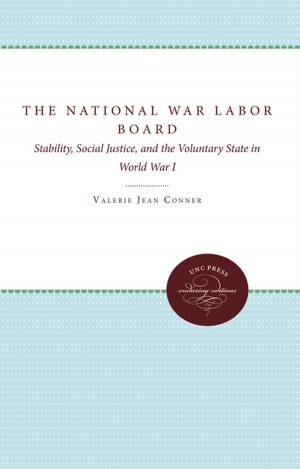Boston Against Busing
Race, Class, and Ethnicity in the 1960s and 1970s
Nonfiction, Reference & Language, Education & Teaching, Educational Theory, Educational Reform, Social & Cultural Studies, Political Science, Politics, Civil Rights, History, Americas, United States, 20th Century| Author: | Ronald P. Formisano | ISBN: | 9780807869703 |
| Publisher: | The University of North Carolina Press | Publication: | January 1, 2012 |
| Imprint: | The University of North Carolina Press | Language: | English |
| Author: | Ronald P. Formisano |
| ISBN: | 9780807869703 |
| Publisher: | The University of North Carolina Press |
| Publication: | January 1, 2012 |
| Imprint: | The University of North Carolina Press |
| Language: | English |
Perhaps the most spectacular reaction to court-ordered busing in the 1970s occurred in Boston, where there was intense and protracted protest. Ron Formisano explores the sources of white opposition to school desegregation. Racism was a key factor, Formisano argues, but racial prejudice alone cannot explain the movement. Class resentment, ethnic rivalries, and the defense of neighborhood turf all played powerful roles in the protest.
In a new epilogue, Formisano brings the story up to the present day, describing the end of desegregation orders in Boston and other cities. He also examines the nationwide trend toward the resegregation of schools, which he explains is the result of Supreme Court decisions, attacks on affirmative action, white flight, and other factors. He closes with a brief look at the few school districts that have attempted to base school assignment policies on class or economic status.
Perhaps the most spectacular reaction to court-ordered busing in the 1970s occurred in Boston, where there was intense and protracted protest. Ron Formisano explores the sources of white opposition to school desegregation. Racism was a key factor, Formisano argues, but racial prejudice alone cannot explain the movement. Class resentment, ethnic rivalries, and the defense of neighborhood turf all played powerful roles in the protest.
In a new epilogue, Formisano brings the story up to the present day, describing the end of desegregation orders in Boston and other cities. He also examines the nationwide trend toward the resegregation of schools, which he explains is the result of Supreme Court decisions, attacks on affirmative action, white flight, and other factors. He closes with a brief look at the few school districts that have attempted to base school assignment policies on class or economic status.

